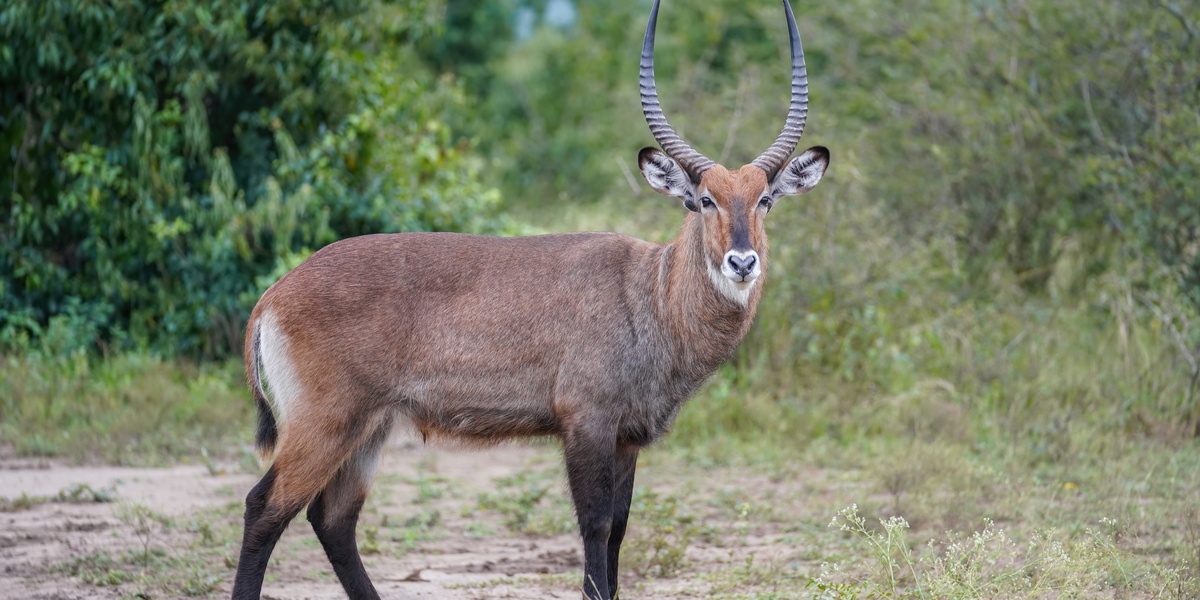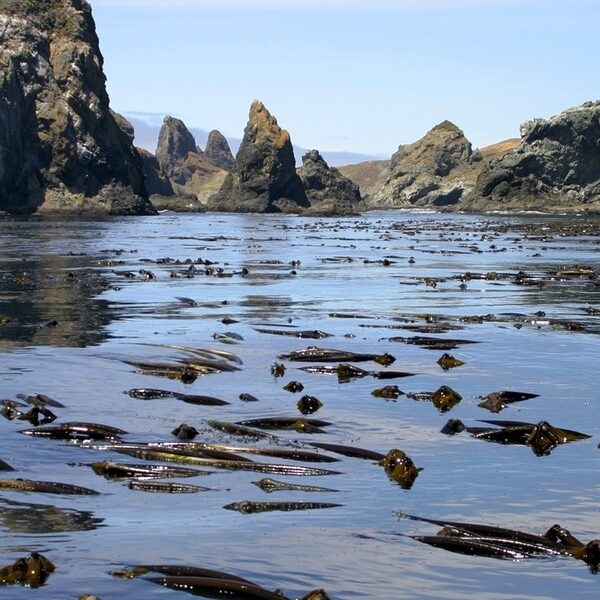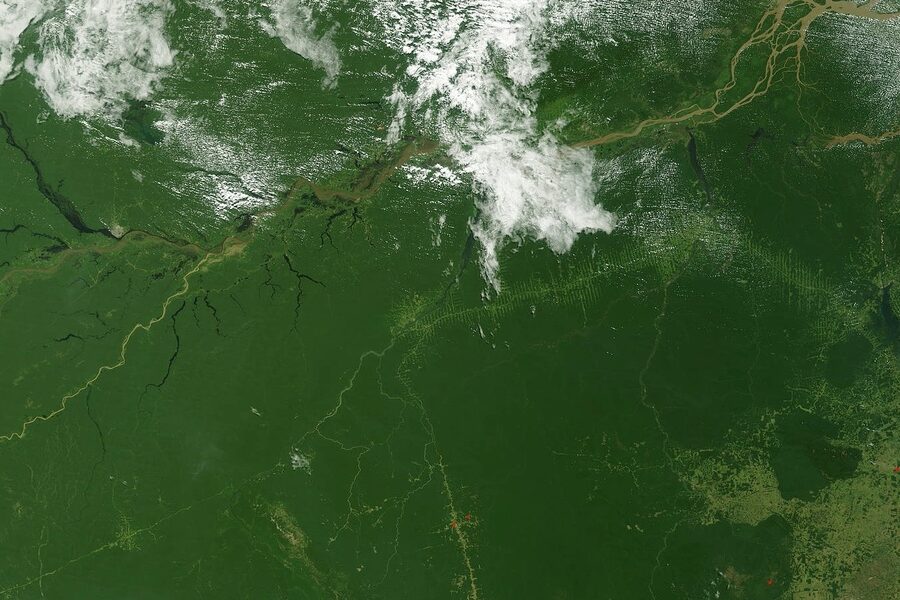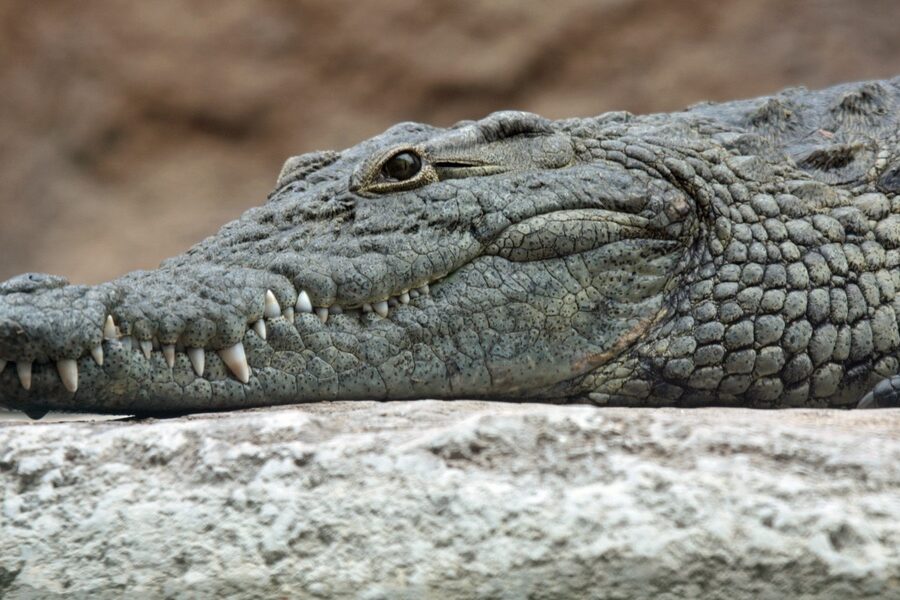The sun drops low over a wide, grassy plain; a lone giraffe stands like a sentry against the orange sky while distant elephants move toward a dusty waterhole. That scene—animals shaping land and people’s lives—captures why Chad’s savanna matters: it supports biodiversity, livelihoods for pastoralists and guides, and deep cultural ties to the land. The fauna of chad includes species that engineer habitats, recycle nutrients, and attract visitors who fund conservation. Below are ten emblematic savanna species grouped into three themes—iconic large mammals; grazers, browsers and scavengers; and birds, reptiles and small mammals—each entry noting its role, conservation status, and real-world relevance such as ecotourism, ecosystem services, or community impacts.
Iconic Large Mammals
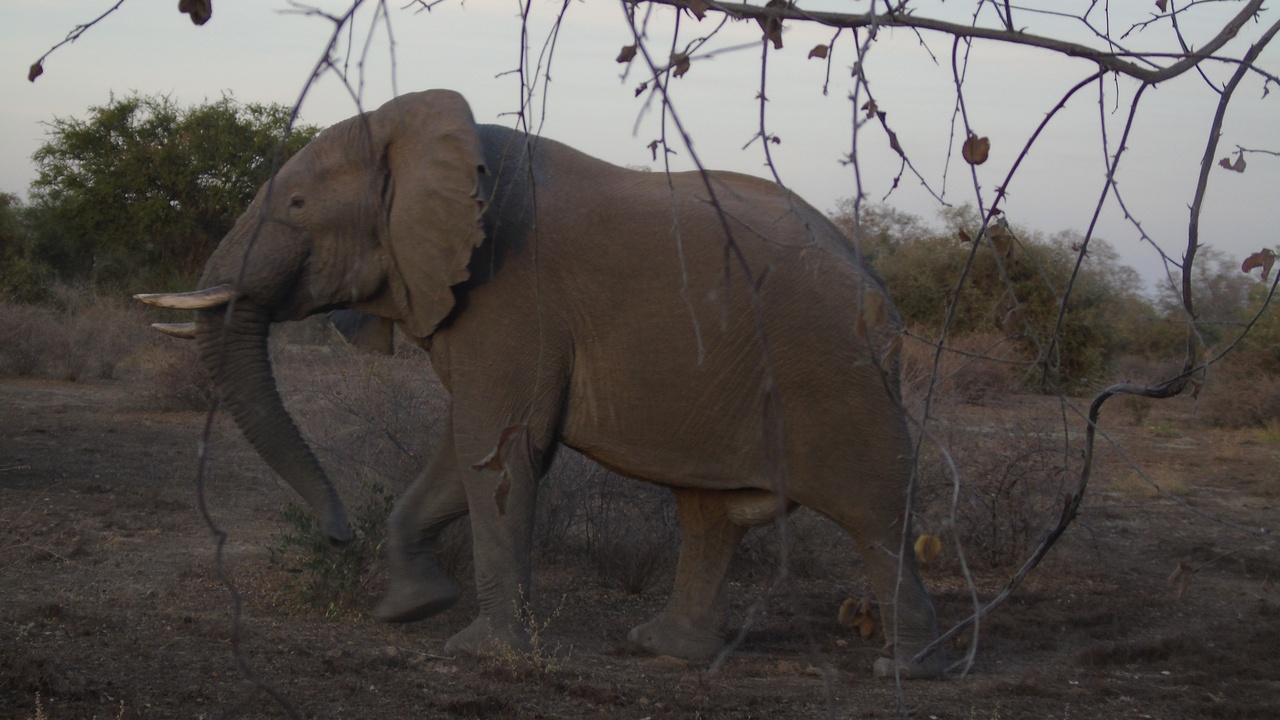
These charismatic species shape vegetation, dig water holes, and draw international attention and tourists. Zakouma National Park (established in 1963) is a key refuge where coordinated anti-poaching and ranger partnerships have helped stabilize populations. Still, habitat loss, hunting pressure, and human-wildlife conflict remain real threats.
1. African Elephant (Loxodonta africana)
The African elephant is among Chad’s most visible large mammals, commonly seen in Zakouma where coordinated protection has made a measurable difference since the park’s 1963 designation. Adults can weigh up to about 6,000 kg and stand roughly 3–4 m at the shoulder.
Ecologically, elephants are engineers: they dig for water during dry spells, creating access points used by dozens of other species, and they disperse seeds across wide areas, shaping plant communities. Economically, elephants attract safari visitors and photographic tourism that can fund local wages and park operations.
Conservation efforts center on anti-poaching patrols, improved ranger training and equipment, and partnerships with international NGOs that support intelligence-led protection. Those measures have helped local herds recover in protected areas, though poaching and expanding agriculture remain ongoing threats.
2. Kordofan Giraffe (Giraffa camelopardalis antiquorum)
The Kordofan giraffe is the subspecies found in parts of Chad, a tall browser that reaches canopy leaves unavailable to other ungulates. Adults typically reach about 5–5.5 m in height, using long necks and tongues to feed on acacia and other woodland species.
By selectively removing canopy foliage, giraffes influence tree architecture and light levels in the understory, which affects grasses and forbs below. Their presence is a strong draw for wildlife viewers, supporting local guides and tourism operators in southern reserves.
Giraffes are locally vulnerable; ranger surveys and point-counts help monitor population trends. Sightings in protected areas inform management, and community outreach—training local trackers and involving guides—helps link giraffe conservation to economic opportunity.
3. West African Lion (Panthera leo senegalensis)
The West African lion is the top predator of Chad’s savanna and once ranged widely across the region. Over the last 50 years its range and numbers have contracted dramatically due to habitat loss, prey depletion, and direct persecution.
Lions regulate herbivore populations, which helps prevent overgrazing and maintains a dynamic balance between grasses and woody plants. But their predatory behavior brings them into conflict with livestock herders—losses of cattle provoke retaliatory killings and heighten tensions.
Conservation responses combine protected-area management with community-based mitigation: fortified night enclosures for livestock, compensation schemes, and predator-proof corrals reduce losses. Protected reserves offer vital refuges, yet long-term recovery depends on coexistence measures that reward local people for tolerating predators.
Grazers, Browsers and Scavengers

Grazers and scavengers keep grasslands healthy, shape fire regimes, and recycle nutrients. Some species have been lost locally—most notably the scimitar‑horned oryx, declared extinct in the wild around 2000—prompting reintroduction and restoration initiatives in reserves like Ouadi Rimé-Ouadi Achim.
4. Scimitar-horned Oryx (Oryx dammah)
The scimitar-horned oryx was declared extinct in the wild circa 2000, and Chad has become central to reintroduction efforts. Captive-breeding and repatriation programs accelerated in the mid‑2010s, aiming to release animals back into suitable arid grasslands and reserves.
As a grazing specialist adapted to dry savanna, the oryx historically helped maintain open grassland by consuming coarse grasses and browsing sparse shrubs. Restoring the oryx supports plant–herbivore dynamics and increases habitat heterogeneity.
Reintroduction initiatives—such as those associated with Ouadi Rimé-Ouadi Achim Reserve—also provide conservation‑tourism opportunities and create incentives for local protection. Success depends on long-term monitoring, community involvement, and minimizing poaching risks.
5. Roan Antelope (Hippotragus equinus)
The roan antelope is a large grazer of savanna grasslands, often forming open herds that consume coarse, tall grasses. Adult roans are substantial animals; herds commonly number from a few dozen up to several dozen individuals depending on resource availability.
By selectively grazing coarse grasses, roans influence fire frequency and fuel loads across the landscape, which in turn affects tree recruitment and habitat mosaics. They are also important prey for lions and hyenas, linking primary productivity to higher trophic levels.
Roan sightings in southern protected areas are valuable for safari experiences, and managers use camera‑trap surveys and aerial counts to estimate population trends and inform anti‑poaching priorities.
6. African Buffalo (Syncerus caffer)
African buffalo are durable, water‑dependent grazers that form large, cohesive herds. Depending on season and habitat, herd sizes can range from dozens to several hundred animals, often congregating near rivers and wetlands.
Buffalo herd movements influence freshwater access points and wetland vegetation, and their wallowing and trampling shape shoreline dynamics. They also sustain populations of large carnivores, acting as a critical prey base.
Buffalo are vulnerable to disease outbreaks (for example bovine diseases) and to overhunting. Their presence along seasonal rivers in Chad underscores the importance of protecting wetlands and coordinating veterinary measures where livestock and wildlife interact.
7. Spotted Hyena (Crocuta crocuta)
The spotted hyena is a versatile scavenger and efficient hunter found across Chad’s savanna. Hyenas live in complex clans; typical clan sizes vary but often number from a half dozen to several dozen individuals, depending on prey availability.
Hyenas play a key role in carcass removal and nutrient recycling, limiting disease spread by consuming remains that might otherwise harbor pathogens. They also hunt and help keep prey populations in balance.
Because hyenas sometimes take livestock, outreach and education programs aim to reduce conflict—improved herding practices and livestock corrals at night can lower losses. Observations of hyena activity at waterholes help managers understand scavenger–predator dynamics and the health of food webs.
Birds, Reptiles and Small Mammals

Birds, reptiles and smaller mammals add disproportionate biodiversity value: they control pests, disperse seeds, and link wetlands to dry savanna. Seasonal wetlands and Lake Chad provide vital habitat for many of these species, supporting fisheries and migratory birds.
8. Nile Crocodile (Crocodylus niloticus)
Nile crocodiles occupy rivers, floodplains, and the margins of Lake Chad, acting as apex predators in aquatic systems. Adults can exceed 4–5 m in length, commanding their role at the top of freshwater food webs.
Crocodiles regulate fish populations and create nesting sites and microhabitats used by other species. Their presence often indicates healthy wetland processes, such as seasonal flooding that replenishes fish stocks.
Human–crocodile conflict occurs around fishing communities; mitigation includes safe landing sites, community education, and monitoring nesting beaches. Protecting wetlands benefits both crocodiles and the people who rely on fisheries and floodplain agriculture.
9. Secretary Bird (Sagittarius serpentarius)
The secretary bird is a long‑legged raptor of open savannas that hunts mainly on foot, stalking snakes, lizards and rodents. Adults stand about 1.2 m tall and are recognized by their distinctive crest and long tail feathers.
By preying on snakes and rodents, secretary birds contribute to controlling pests that threaten livestock and crops. Their need for intact, open grassland makes them useful indicators of habitat quality.
Birdwatching for secretary birds features in some itineraries, offering local income to guides and communities. Regular sightings in open savanna areas help tourism operators design birding routes and conservation messaging.
10. Common Warthog (Phacochoerus africanus)
The common warthog is a widespread small mammal that roots for tubers and bulbs, turning over soil and aiding aeration. Warthogs use burrows—often those dug by aardvarks or other mammals—as daytime shelters and refuge from predators.
Through rooting and digging, warthogs influence seed germination and nutrient mixing in the topsoil, effectively serving as small-scale soil engineers. They are also frequent prey for lions, leopards and hyenas.
Because warthogs are commonly seen near waterholes, they are accessible subjects for tourists and photographers, helping connect visitors to everyday savanna wildlife. Their burrow use and foraging behavior are easily observed during guided drives.
Summary
- Large mammals like elephants, giraffes and lions shape vegetation, water access and food webs while providing ecotourism value through parks such as Zakouma (est. 1963).
- Grazers and scavengers—including the scimitar‑horned oryx (reintroduced after being declared extinct in the wild around 2000), roan antelope and hyenas—maintain grassland dynamics and nutrient recycling.
- Aquatic and avian species—Nile crocodiles, secretary birds and numerous waterbirds linked to Lake Chad—connect wetlands to dry savanna and support local fisheries and pest control.
- Community-based protection, anti-poaching patrols, responsible wildlife tourism and targeted reintroduction projects offer concrete conservation wins that also support local livelihoods.
- Supporting protected areas, choosing ethical tour operators, or donating to reputable conservation organizations helps sustain Chad’s wildlife and the people who depend on these ecosystems.
